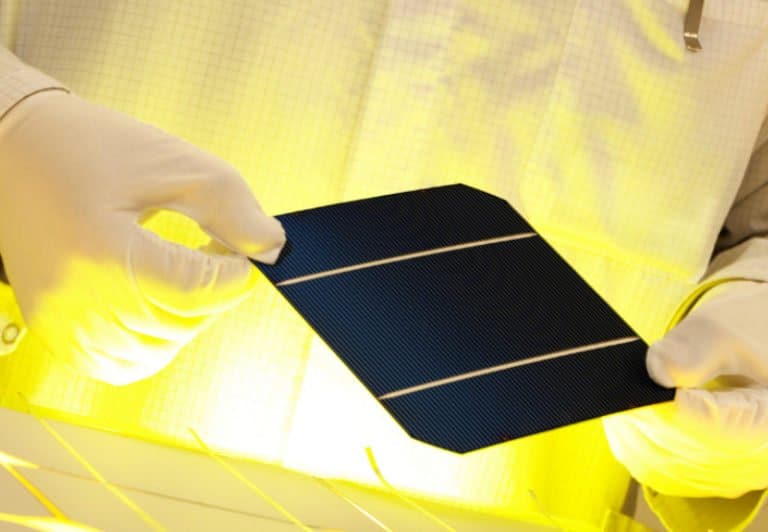Scientists from the University of Milan-Bicocca, Rome Tor Vergata and MIT have fabricated an “electrically separated thermoelectric hybrid” (HTEPV) device that can recover waste heat from a photovoltaic unit and produce additional energy from solar cells.
Silicon solar cells dominate the photovoltaic market due to their high efficiency and low cost. However, they are sensitive to temperature. This can lead to significant energy losses over the life of the solar panels. They can lose up to 20% of their efficiency at room temperature due to temperature variations. Recently, the “hot” topic is hybridization with thermoelectric generators (TEGs). Why? In HTEPV systems, a TEG thermoelectric generator can recover heat lost from solar cells to produce additional power and improve the overall efficiency of the device.
HTEPV systems have been the subject of numerous studies and reviews. In general, however, they have been reported as very cheap and not suitable for increasing PV efficiency. The researchers ultimately chose three different types of solar systems for this experiment. Which? Perovskite, indium gallium phosphide (GaInP) and amorphous silicon (a-Si).
How is an HTEPV hybrid system made?

The hybrid solar cell system consists of a customized TEG al heating plate bismuth telluride. This plate is placed in thermal contact with the back of a perovskite solar cell (with a surface area of 1 cm²) which uses a layer of silicone-free thermal grease. The two units are in fact thermally coupled but electrically separated.
Box for the nerds
The cold side of the TEG was then attached with thermal grease to the bottom of the vacuum chamber. Its temperature was controlled with a K-type thermocouple for the final hybrid device. The team also checked the temperature of the bottom of the chamber. To do this they used a dissipating liquid circuit, powered by an adjustable temperature refrigerator. The solar cells were in thermal contact with the top TEG electrode with a layer of thermal grease and a K thermocouple positioned between the hot electrode and the bottom of the solar cell. JV curves were recorded from a Keithley 2440 source meter controlled with a LabView program.
Tests on solar cells
The researchers then ran tests to determine the effect energetic of optical concentration on temperature sensitivity. The team continuously measured the input power of the solar simulator, and adjusted it with reference silicon solar cells. He then implemented a stainless steel mask with known areas to accurately evaluate the input power density.
The perovskites showed efficiency gains in excess of 2% at all optical concentrations.
The researchers confirmed these improvements for the perovskite solar cell case. For them they found that the highest gains occur at normal operating temperatures of conventional photovoltaics. Recently a team from Brown University claimed to have developed a molecular glue that increases the efficiency of perovskite solar cells. Previously, researchers from the Gwangju Institute of Science and Technology, South Korea, have established a new method to increase the efficiency of perovskite solar cells using ions.
It's worth working on: the "thermoelectric" hybridization of solar cells works and increasing their efficiency is always a good and right thing.


